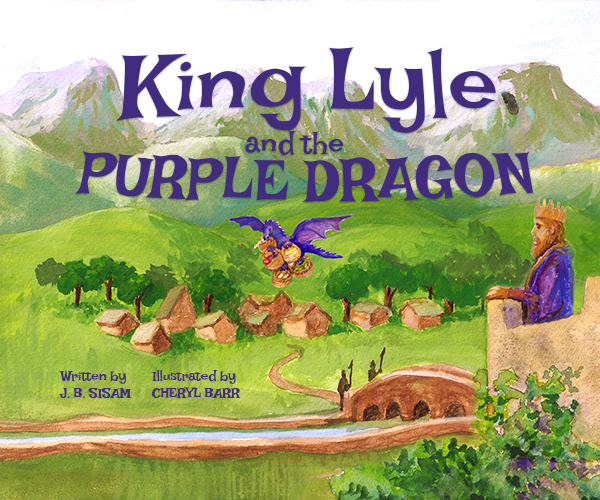Writing a book is one of the most satisfying and time-consuming things one can do. But if you’re going to write your book, you have to know where to begin.
[featured-image single_newwindow=”false”]
For weeks, months or perhaps years, you’ve been planning, thinking and dreaming of having your book officially written. You’ve poured your heart and soul into the ideas and things you want to include in your book. Now, the work begins, because it’s time to sit down and begin your first chapter.
Every time I sit down to write a book there are specific steps I take to make sure this was the book I needed to write. The first attempt at writing a novel, I finished the story by chapter 2. I was frustrated and didn’t know where to start.
I want to give you my step-by-step process of how I begin writing my book. These steps will take you from idea to writing your first chapter. I believe everyone has a story to tell. That story is locked away in the deep recesses of your heart and mind. But with a little help and prodding, you’ll soon discover what your story is.
1. Write down your why:
If we don’t know why we’re writing our book, we should give up. But sometimes giving up isn’t the answer, you just need a gentle prodding in the right direction.
Dig down deep and write down why you want to write the book and what message you want to bring to the reader.
Take the time to really think about what your book is about, and write down in 2-3 sentences what your book is all about.f Once that’s done, write down a bullet list of all the ideas you have for your book. Make sure to include everything you want.
Taking the time to write down your why will give you clarity on your message.
2. Write down your desired audience:
Every book has an audience, but it must be the right audience to succeed. Now, don’t go thinking, “my book is for everyone.” It’s hard to write a generic enough book that will please everyone.
So who’s your audience? Your audience is a grouping of people who will read your book. It doesn’t matter if your book is non-fiction, fiction or self-help; every book must have an audience you’re trying to reach with your message.
When you write for a specific audience, you increase your ability sell more books and make a deeper connection with your readers–because they’ll feel you wrote that book just for them. Write down who it is you’re writing for. Think through the types of people who will want to read your book and write for that reader.
3. Write down your books proposition.
Every book has a message. Every book has a unique end goal in mind. As you’re writing, you should be writing toward that end goal.
This is where a propositional statement comes into play. I first heard of writing propositional statements from Michael Hyatt. These statements help you clarify why it is you’re writing. Think of it as the back copy of your book.
A propositional statement is a combination of what the book is about, who it’s for, what problem the book will solve, and what action the reader must take to see the desired transformation for their life.
There are four parts to this statement:
- My book – What is your book about?
- will help – Who’s your target audience?
- to do/understand – What’s the main goal for writing this book?
- so that – this is the desired transformation for the reader to experience.
If you utilize this formula you’ll find it easier to begin writing your first chapter. This will give you the clarity and perspective you need to begin writing.
Don’t write blind. Don’t write without a set plan in motion. When I wrote my books I wanted to narrow down my focus, so that I knew why I was wanting. I wanted to make sure I was on target as I began writing that first chapter.
Now, go write down your why, discover your audience and write down your proposition statement. If you do these three things, you’ll be light years ahead of most people who intend to write a book.


 Jason (J.B.) Sisam. Best-selling Amazon author of the Christian Early Reader book,
Jason (J.B.) Sisam. Best-selling Amazon author of the Christian Early Reader book, 










LEAVE A COMMENT HERE:
Please note: I reserve the right to delete comments that are offensive or off-topic. Also, this is a clean website, use of any language is not tolerated and your post will be deleted.